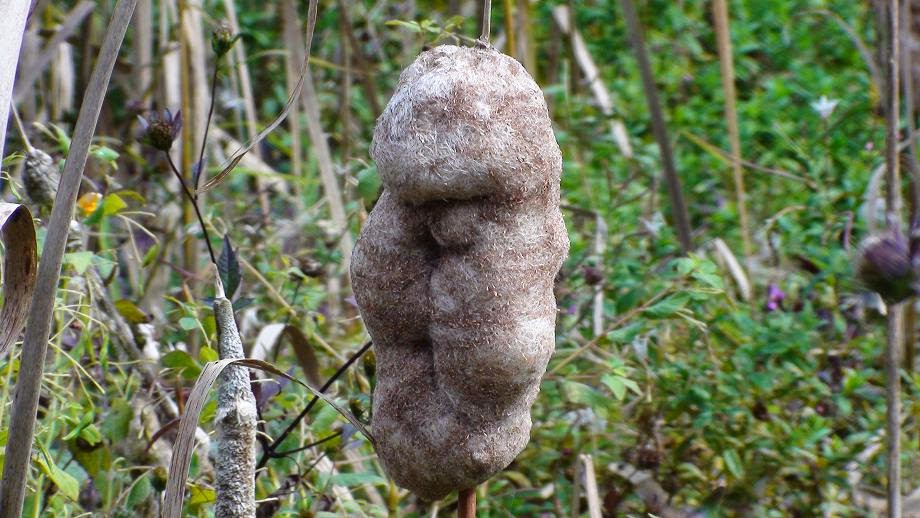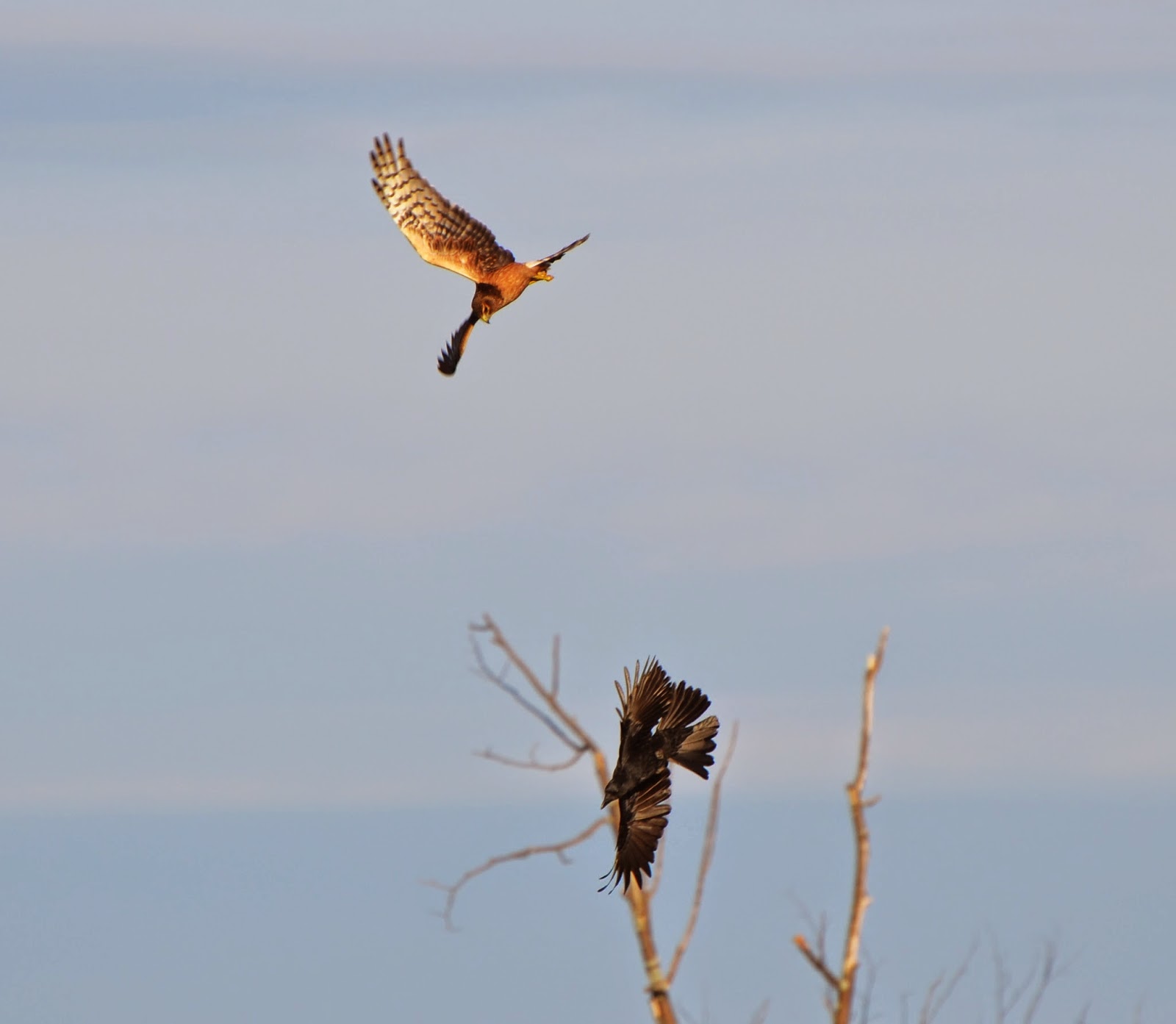 |
| This morning sailors might be advised to take warning |
 |
| The incredible American Beech |
 |
| More Beech leaves |
 |
| This Yellow Birch bark looks like it's made from gold leaf |
 |
| The Birch grew over a stump which has now mostly disintegrated |
 |
| More Yellow Birch root gymnastics |
 |
| Tulip Tree leaf with its complicated vein tributary system revealed |
 |
| The ground of a reforestation field is littered with a diverse selection of leaves |
 |
| Cattails create interesting natural soft sculptures |
 |
| The intricate paper nest of the Bald-faced Horned - vacant now |
 |
| Morning light filtering through a young Sugar Maple forest |
 |
| Some Porcupine quills stuck into an old grape vine |
 |
| This Silverberry bush produced an incredible amount of berries |
 |
| The grasses start to turn in the meadow |
 |
| More early morning sky patterns |
 |
| Moss from Shawangunk Nature Preserve in Cold Brook |
 |
| Wintergreen lurks in a bed of moss at Shawangunk |
 |
| Marsh St Johnswort produces its fruit |








































